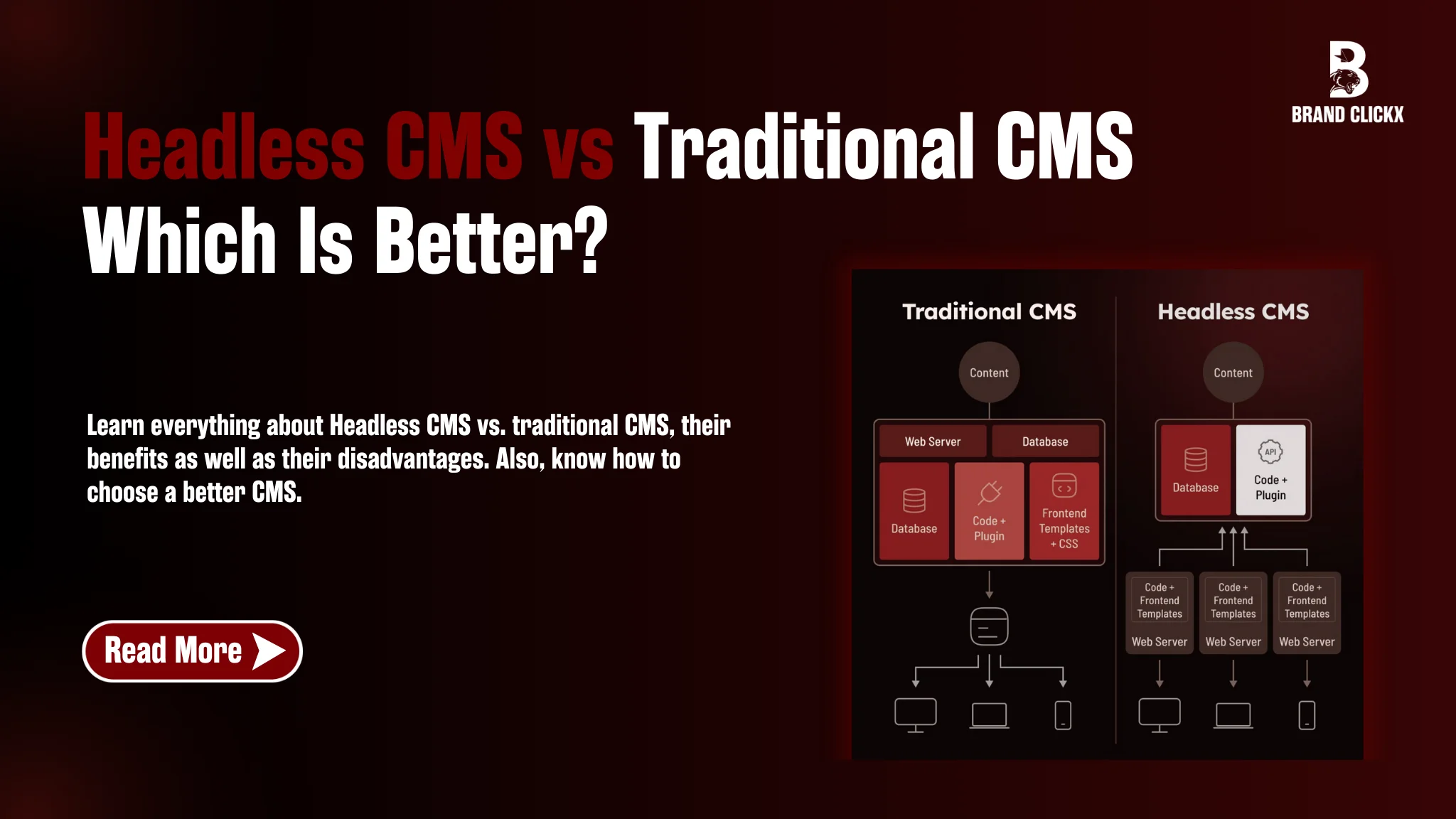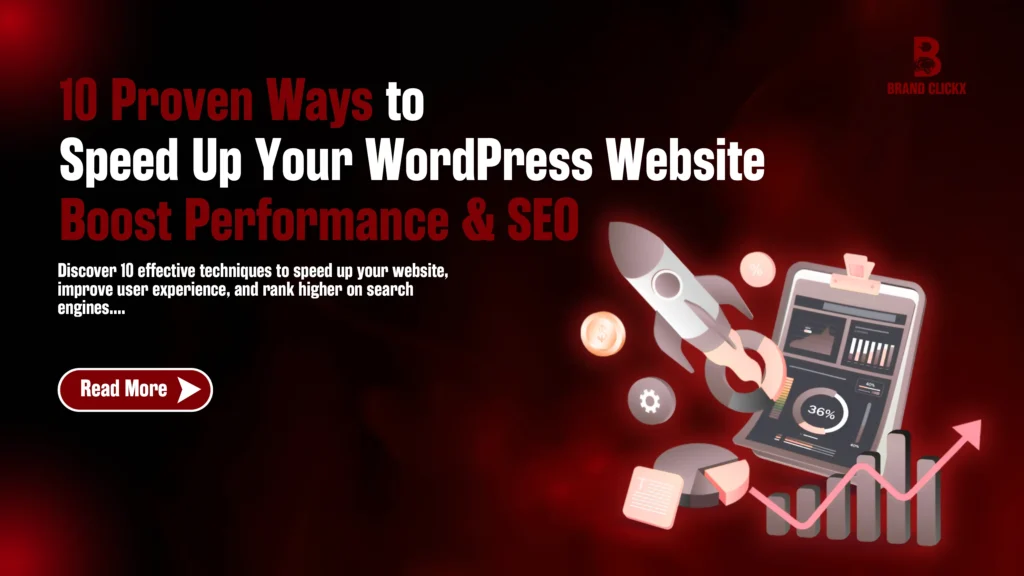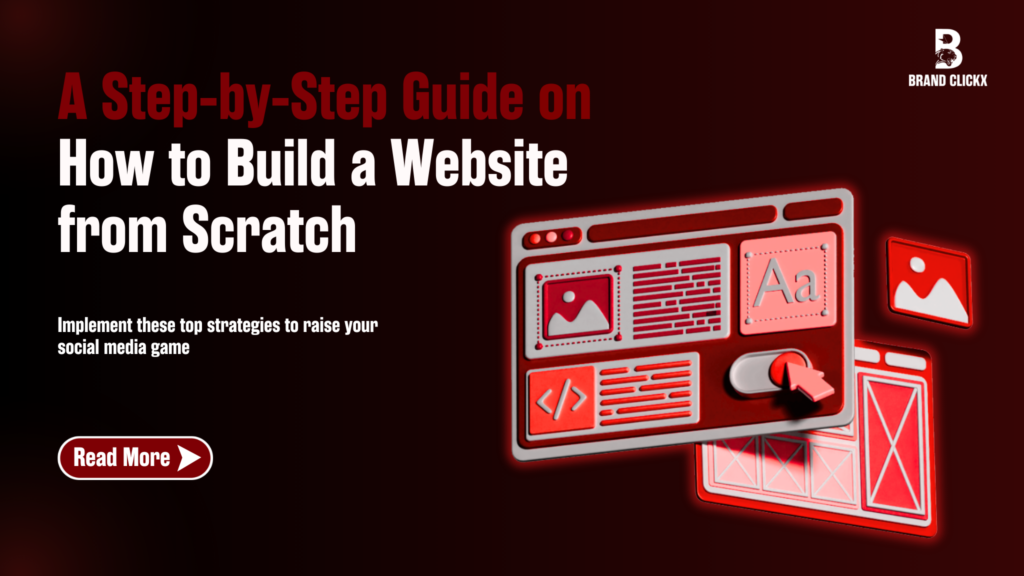This blog post is about headless CMS vs traditional CMS. You will also know which one is better for your business. We know you are confused about choosing the right CMS system for handling your website or application. But don’t worry, you have come to the right place.
There are many management systems out there. However, there are only two main types of them: Headless and traditional content management systems. All the details about these two types are mentioned ahead in this article.
However, reading this article you will be able to choose the right and best CMS for your online needs. But before learning which one suits your needs and desires, it is necessary to understand them separately.
What is a Headless CMS System?
A Headless CMS is a content management system that focuses only on storing and organizing content. It does not look after its visuals on different devices. This is a place management system that enables you to manage all kinds of content.
Moreover, it also allows you to use APIs (digital connectors) to send your content to websites, mobile apps, smartwatches, or even billboards.
However, it is the opposite of traditional CMS platforms like WordPress; it doesn’t have built-in templates or design tools. Due to this feature, your developer has full freedom to create and edit anything at the front end.
Also Read: How To Create Interactive Websites For Better User Engagement
Examples of Headless CMS
The following are some of the famous examples of headless CMS:
Strapi
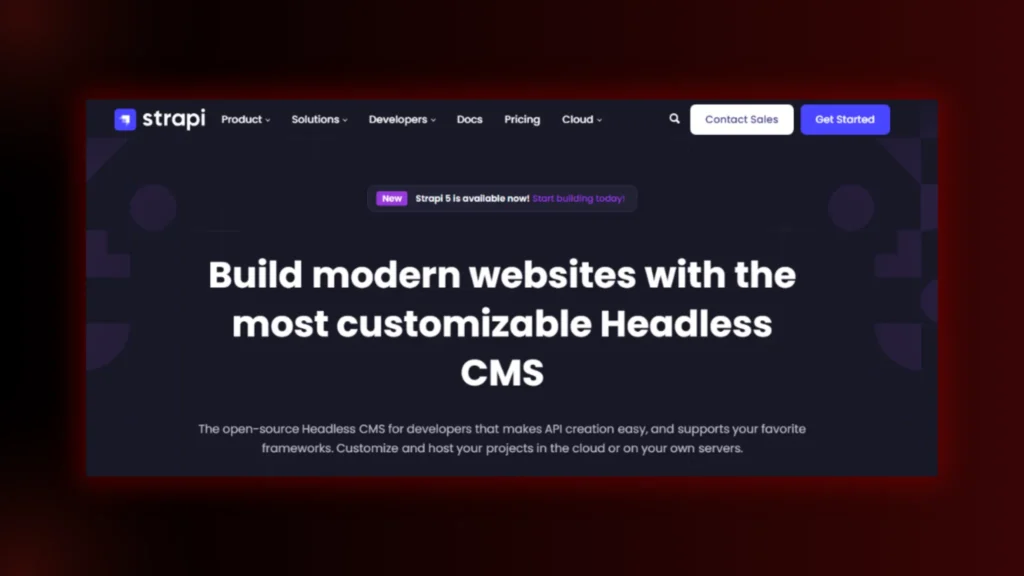
It’s a free, open-source CNS system that allows you to host yourself like a DIY toolbox. It also gives you the freedom to create a custom blog or e-commerce site.
Other examples include Agility CMS, WordPress VIP, Directus, and Sanity.
Also read: A Detailed Comparison Among Custom vs. CMS Websites[
Benefits of Headless CMS System
The following are the advantages of a Headless CMS system from which you can get an understanding of whether it suits your business or not:
- Share content easily on websites, apps, and more.
- Easily manage all your website content in one place.
- Websites load faster for a better experience.
- Change website designs without touching the backend.
- Upload content only once, then use it everywhere.
- Easier to reach everyone on any device.
- Handles more website traffic without slowing down.
- More secure for websites and apps.
- Developers can use any front-end technology they want.
- It makes your website ready for future devices and platforms.
Disadvantages of Headless CMS Systems
If you have read the advantages above and are thinking that you should go for this CMS system, then you must consider the following disadvantages as well:
- It can be more complex to set up and use.
- It may cost more because of extra development.
- You have to build the website design from scratch.
- Previewing content can be tricky.
- There aren’t any ready-made themes to use.
- Integrating with other tools can be challenging.
- Website speed can be affected by API calls.
- Content editing may require technical knowledge.
- It makes SEO more difficult to look after.
- You rely more on the CMS provider for support.
- There’s often no easy “What You See” editor.
- Requires extra technologies for the website part.
That’s why you should look for the Traditional CMS system as well.
What is a Traditional CMS?
A Traditional Content Management System (CMS) is a platform that integrates both the backend and the front end.
This management system allows you to manage content within the same system. Unlike headless CMS, you can visualize and edit your content at the same time.
Also Read: How to Build a Website from Scratch: A Step-by-Step Guide
Examples of Traditional CMS
The following are the most common examples of traditional management systems:
WordPress
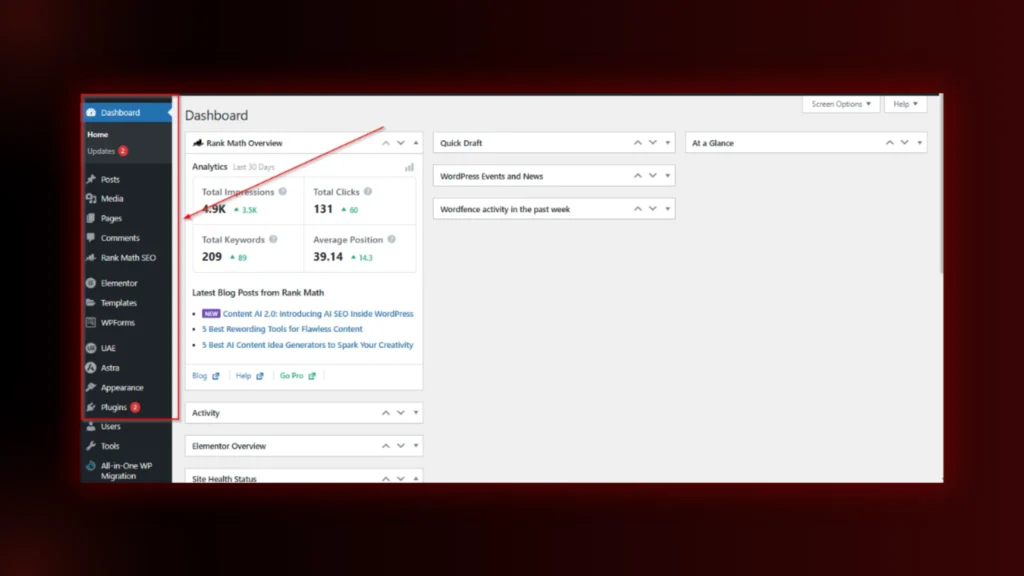
WordPress is a CMS that enables you to create, edit, and publish content at the same time. It also allows you to manage your site’s design and layout through themes and third-party themes. It also allows you to visualize the content before you send it to the front end.
However, other examples of traditional CMS are content, architecture, flexibility, and scalability.
Benefits of Traditional CMS
The following are the benefits you can get from the traditional CMS:
- You can manage the whole site from one system.
- You can manage all the content from one place with ease.
- You can control front-end design and layout through themes and templates
- You get a large community for support.
- Lower technical barrier to entry.
- Fast setup without building a custom front end.
- Less expensive due to no need for additional developers or third-party tools.
Disadvantages of Traditional CMS Systems
Every tool in the digital world comes with some drawbacks and disadvantages. So traditional CMS also comes with several setbacks:
Traditional Content Management Systems (CMS) have several drawbacks:
- You have limited flexibility due to pre-built templates and features.
- You face scaling challenges when content volume increases.
- You need to maintain and upgrade constantly for security.
- Vendor lock-in due to proprietary systems and frameworks.
- Difficulty in creating custom website experiences.
- Inflexible architectures hindering customization.
- Dependency on plugins impacting performance.
- Slower load times affect user experience.
- Regular updates are required to maintain functionality.
- Limited SEO flexibility, particularly with URLs and meta structures.
These limitations can hinder a business’s ability to adapt to evolving digital landscapes.
Headless CMS vs traditional CMS: Which is better?
We can’t say which one of these two is better. Why? Because both of these types perform different purposes and are used in different scenarios. Have a look at the content below you will get the point clearly:
Traditional CMS
- Suitable for straightforward websites where content is primarily displayed on web pages.
- Combines content management and presentation, making it easier for non-technical users to manage.
- Offers pre-built themes and templates, enabling quick setup and deployment.
Headless CMS
- Best for projects requiring content distribution across various channels like websites, mobile apps, and IoT devices.
- Provides developers the freedom to use different frameworks and tools, allowing for customized and scalable solutions.
- Easily adapts to new technologies and platforms, ensuring longevity in a rapidly evolving digital landscape.
So, before deciding which CMS you should use, assess your needs and goals. This will enable you to choose the best CMS type for your business.
Conclusion
Before deciding which content management system is good or bad, you should assess your project’s needs and goals. This will eliminate all the doubts regarding headless CMS vs traditional CMS. You will also understand which one is better than the other in the light of your needs and goals.
However, if you are not able to look after your content in any CMS type or are unable to manage your content, then do contact our team at Brand ClickX. We will help you in choosing the right CMS type for your business for free.
FAQS
What is the difference between headless CMS and normal CMS?
A traditional CMS looks after the content as well as its presentation. On the other side, headless CMS looks after just managing the content and its distribution on different platforms through APIs.
Is headless CMS better?
Yes, it is better than other CMS, but it requires more budget and developmental resources.
Is headless CMS good for SEO?
Yes, headless SMS is good for SEO as compared to traditional CMS. It provides you with better control over content delivery, which helps in ranking your website.
How to Choose the Best CMS System for Your Business
Assess your business needs, scalability requirements, and technical resources. After doing this study, both traditional and headless CMS were used to make a better decision.

